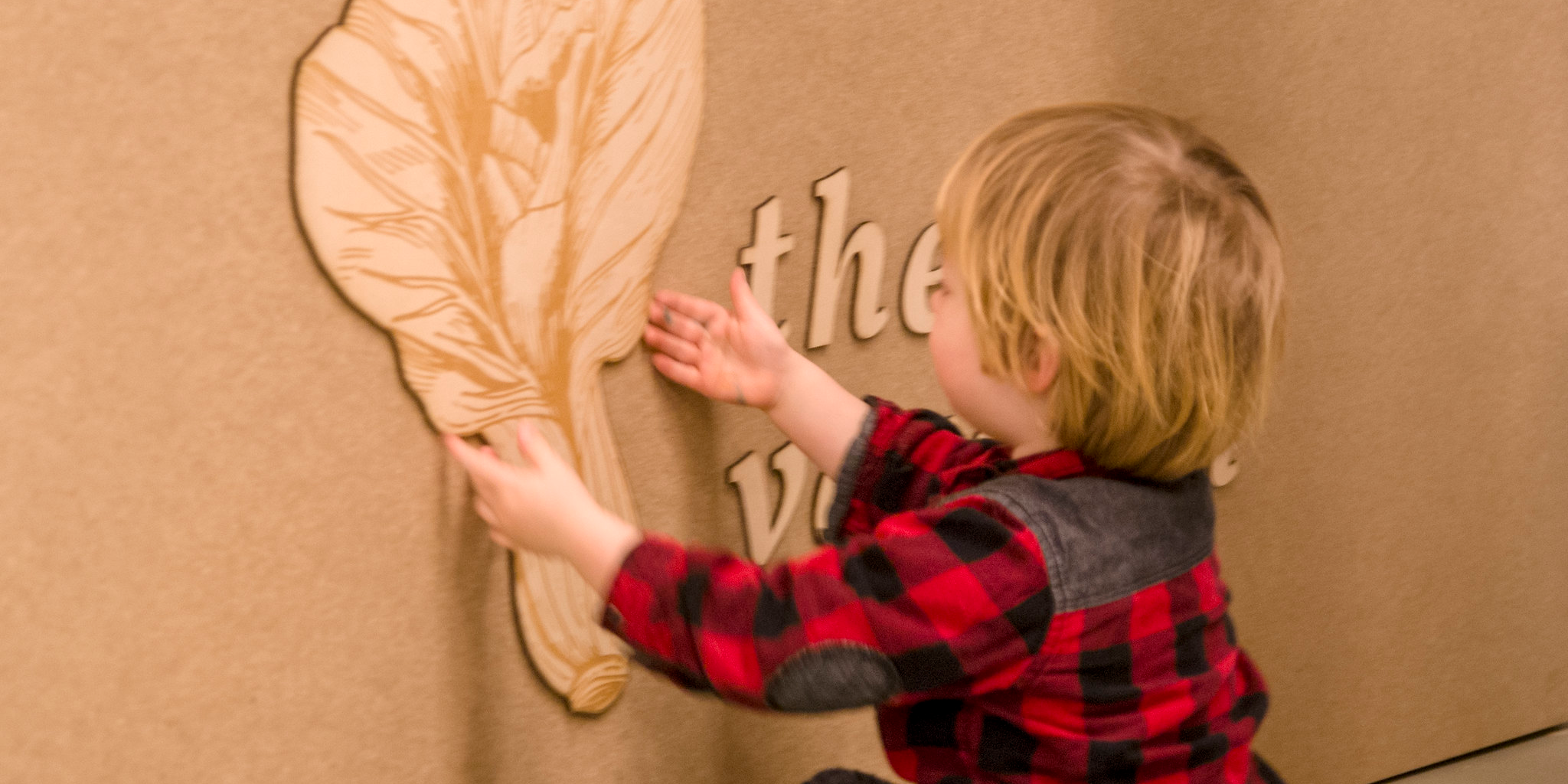
Abstract
As a way to capture a broadly acceptable high-level characterization of design, we focus on the guiding values or ideals of the discipline. We first reason from the notion of engineering interfaces for usability and utility up to the 1990s to the current ideal of designing interfaces for experience and meaning. Next, we identify three recent technical and societal developments that are challenging the existing ideals of interaction design, namely the move towards hybrid physical/digital materials, the emergence of an increasingly complex and fluid digital ecology, and the increasing proportion of autonomous or partially autonomous systems changing their behavior over time and with use. These challenges in turn motivate us to propose three directions in which new ideals for interaction design might be sought: the first is to go beyond the language-body divide that implicitly frames most of our current understandings of experience and meaning, the second is to extend the scope of interaction design from individual interfaces to the complex sociotechnical fabric of human and nonhuman actors, and the third is to go beyond predictability by learning to design with machine learning.
Citation
Kristina Höök,
Characterizing interaction design by its ideals: A discipline in transition
She Ji: The Journal of Design, Economics and Innovation, 7(1): 24-40, doi:10.1016/j.sheji.2020.12.001, 2021.
Acknowledgements
This work was supported by Swedish Research Council project 2016-04709; Swedish Foundation for Strategic Research project RIT15-0046; Knut an Alice Wallenberg Foundation project KAW 2015.0080; and Marianne and Marcus Wallenberg Foundation project MMW 2019.0228.